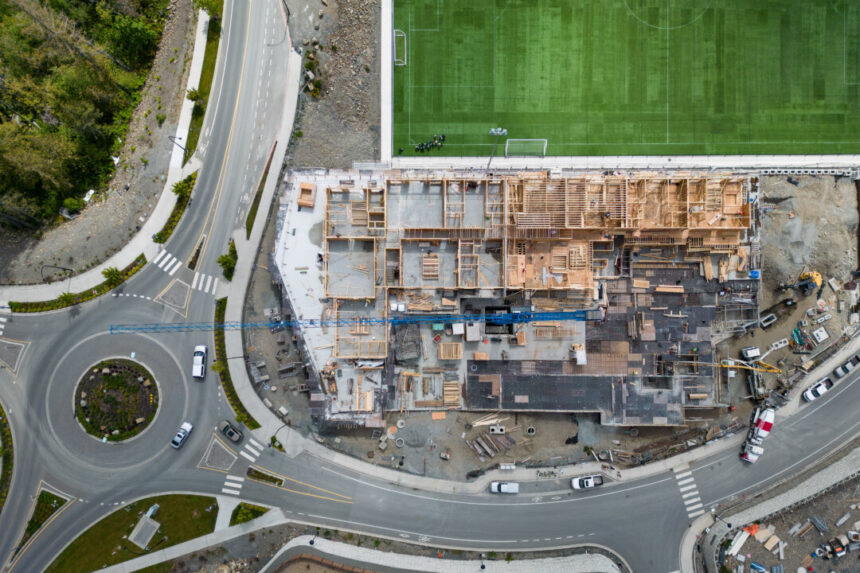According to a new report from the Canadian Urban Institute, as Canada aims to accelerate home construction, both the public and private sectors will need to increase spending on municipal infrastructure. The report, supported by the Canada Infrastructure Bank, estimates that the average cost of infrastructure required to support housing exceeds $100,000 for each new home. This includes funding for resources such as public transit, roads, water lines, schools, fire halls, and recreational facilities.
The Canada Mortgage and Housing Corp. predicts that Canada will need an additional 3.5 million housing units by 2030, on top of the 2.3 million already projected to be built, in order to restore affordability to levels seen in 2004.
The report’s author, Michael Fenn, highlighted the need for over 500,000 new homes to be built annually, which is equivalent to constructing a new city the size of Calgary each year for seven years. The CEO of the Canadian Urban Institute, Mary W. Rowe, emphasized that Canada’s housing crisis is primarily an investment crisis, stressing the importance of essential municipal services like water lines, streets, sewers, and storm drains to make new homes possible.
The report also pointed out barriers to financing new infrastructure projects, including municipal reluctance to incur debt or raise property taxes to cover capital costs. It suggested alternative approaches, such as shifting from pre-paid development charges to secured payments over the asset’s lifetime and developing new financing tools for infrastructure cost-sharing among stakeholders like developers.
Recommendations included leveraging private capital for public infrastructure investments, sharing financial risks with institutional investors, and exploring financing supports to help municipalities build necessary infrastructure for housing in anticipation of population growth.
Overall, the report highlights the importance of strategic investments in municipal infrastructure to support Canada’s housing goals and address the challenges faced by municipalities in financing critical infrastructure for new housing developments.




